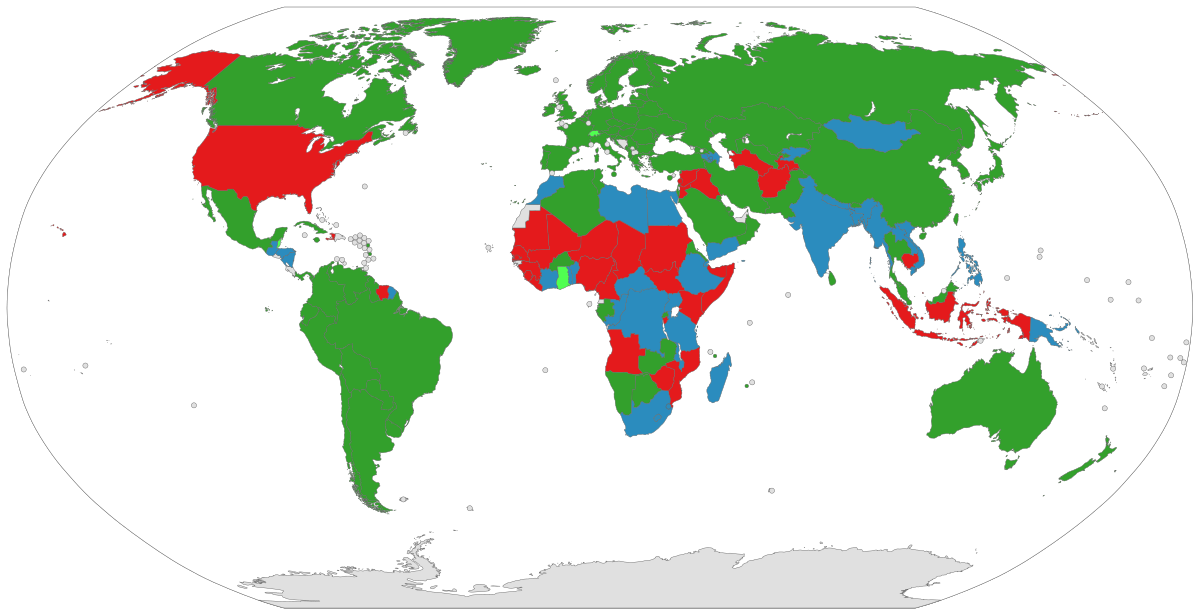My Blog
Solved what is the after-tax salvage value of an asset that : BoostSolutions


Capitalized means they can be deducted over more than one year as tax deductions. So the difference between investments that can be expensed from the investments that can be capitalized is just the time. We have been given the asset’s original price in this example, i.e., $1 million. The asset’s useful life is also given, i.e., 20 years, and the depreciation rate is also provided, i.e., 20%. When a company purchases an asset, first, it calculates the salvage value of the asset. After that, this value is deducted from the total cost of the assets, and then the depreciation is charged on the remaining amount.
The classified balance sheet expects its sales to grow by 12 percent next year. All assets and costs vary directly with sales, and the firm exp.. Accountants use the straight line depreciation method because it is the easiest to compute and can be applied to all long-term assets. Companies take into consideration the matching principle when making assumptions for asset depreciation and salvage value. The matching principle is an accrual accounting concept that requires a company to recognize expense in the same period as the related revenues are earned. If a company expects that an asset will contribute to revenue for a long period of time, it will have a long, useful life.
An asset’s salvage value subtracted from its basis cost determines the amount to be depreciated. Most businesses utilize the IRS’s Accelerated Cost Recovery System or Modified Accelerated Cost Recovery System methods for this process. This difference in value at the beginning versus the end of an asset’s life is called “salvage value.”
Depreciation Calculator
The beginning balance of the PP&E is $1 million in Year 1, which is subsequently reduced by $160k each period until the end of Year 5. Hence, a car with even a couple of miles driven on it tends to lose a significant percentage of its initial value the moment it becomes a “used” car. Estimate how long it will take to sell or dispose of the asset. Find out what it would cost to replace the asset if it’s available new.
Cash method businesses don’t depreciate assets on their books since they track revenue and expenses as cash comes and goes. However, calculating salvage value helps all companies estimate how much money they can expect to get out of the asset when its useful life expires. Salvage value is the estimated resale price for an asset after its useful life is over. Every few years, I go to the Apple store and turn my wallet upside down to get the newest iPhone.
This means that the computer will be used by Company A for 4 years and then sold afterward. The company also estimates that they would be able to sell the computer at a salvage value of $200 at the end of 4 years. Total fixed assets and retained earnings would be understated on the balance sheet. A new operating system for an existing machine is expected to cost $520,000 and have a useful life of six years. The system yields an incremental after-tax income of $150,000 each year after deducting its straight-line depreciation. Capstone Marketing Group has total assets of $6,348,000, sales of $3,429,945, and net income of $850,000.
It just needs to prospectively change the estimated amount to book to depreciate each month. The salvage value of an asset is based on what a company expects to receive in exchange for selling or parting out the asset at the end of its useful life. Equipment cost $24,000 Useful Life 5 years Residual value $2,000 Calculate the double-declining rate to depreciate the equipment.
Answer and Explanation:
If purchased, the house can be rented to provide a net income of $12,000 per year after taking all expenses, except depreciation, into account. The would be depreciated by straight-line depreciation using a 27.5 year depreciable life and zero salvage value. In using the declining balance method, a company reports larger depreciation expenses during the earlier years of an asset’s useful life. Book value is the historical cost of an asset less the accumulated depreciation booked for that asset to date. This amount is carried on a company’s financial statement under noncurrent assets. On the other hand, salvage value is an appraised estimate used to factor how much depreciation to calculate.
An estimated salvage value can be determined for any asset that a company will be depreciating on its books over time. Every company will have its own standards for estimating salvage value. Some companies may choose to always depreciate an asset to $0 because its salvage value is so minimal. In general, the salvage value is important because it will be the carrying value of the asset on a company’s books after depreciation has been fully expensed. It is based on the value a company expects to receive from the sale of the asset at the end of its useful life.
Or even if we can use the asset, there would be no efficiency. That means it has nothing to do with the obsolescence of an asset. Rather it’s the raw materials of no value to the manufacturing company. As per the US Income Tax Regulations, while depreciating an asset, you need to assume that the scrap value of the asset would be zero.
Century 21 Accounting: General Journal
Anything your business uses to operate or generate income is considered an asset, with a few exceptions. With this method, the depreciation is expressed by the total number of units produced vs. the total number of units that the asset can produce. Conceptually, depreciation is the reduction in the value of an asset over time due to elements such as wear and tear. Capital asset is expected to be sold at project end for $50,000. Company A purchases a machine for $100,000 with an estimated salvage value of $20,000 and a useful life of 5 years.

The equipment is expected to cost $360,000 with a 12-year life and no salvage value. The company expects to sell 144,000 units of the equipment’s product each year. The expected annual income related to this equipment follows. Compute the payback period and accounting rate of return for this equipment. For accounting, in particular, depreciation concerns allocating the cost of an asset over a period of time, usually its useful life. When a company purchases an asset, such as a piece of equipment, such large purchases can skewer the income statement confusingly.
Top Calculators
Divide the sum of step by the number arrived at in step to get the annual depreciation amount. Calculate the salvage value with the original price of Rs. 200, depreciation rate of 10% and a number of years as 10 years. In this next example, a person has a heater they are looking to sell for close to its salvage value. The heater was originally purchased at $2,000.00, it’s been in use for 4 years, and has depreciated an average of 10% per year. Most of the Business are dependent on machines and their business is highly dependent on the productivity of the existing machines. Nature, quality, the effectiveness of their products is highly dependent on the way of production of the products.
The expected year-end abandonment values for the truck are given here. Project A requires a $280,000 initial investment for new machinery with a five-year life and a salvage value of $30,000. Project A is expected to yield annual net income of $20,000 per year for the next five years. Express your answer as a percentage, rounded to two decimal places.
The double-declining balance method results in higher depreciation expenses in the beginning of an asset’s life and lower depreciation expenses later. This method is used with assets that quickly lose value early in their useful life. A company may also choose to go with this method if it offers them tax or cash flow advantages. B2B Co. is considering the purchase of equipment that would allow the company to add a new product to its line.
Residual Value Explained, With Calculation and Examples – Investopedia
Residual Value Explained, With Calculation and Examples.
Posted: Sat, 17 Dec 2022 08:00:00 GMT [source]
The company pays $250,000 for eight commuter vans it will use to deliver goods across town. If the company estimates that the entire fleet would be worthless at the end of its useful life, the salve value would be $0, and the company would depreciate the full $250,000. There may be a little nuisance as scrap value may assume the good is not being sold but instead being converted to a raw material.

This is true even for the depreciation methods that usually assume 0 tax salvage. Thus a depreciable asset that includes some non-depreciable proportion can be easily entered. Use 0 tax salvage if the depreciation method normally assumes this value.
- This is true even for the depreciation methods that usually assume 0 tax salvage.
- The replacement cost approach estimates what it would cost to replace an asset with a new one, minus any depreciation.
- Salvage value is the book value of an asset after all depreciation has been fully expensed.
Both https://1investing.in/ and DDB require a company to set an initial salvage value to determine the depreciable amount. What is the year 1 end-of-year book value for a piece of farm equipment that cost $45,000, with a salvage value of $8,000 at the end of 6 years? Use the sum-of-the-years’-digits method to calculate your answer. The majority of companies assume the residual value of an asset at the end of its useful life is zero, which maximizes the depreciation expense .